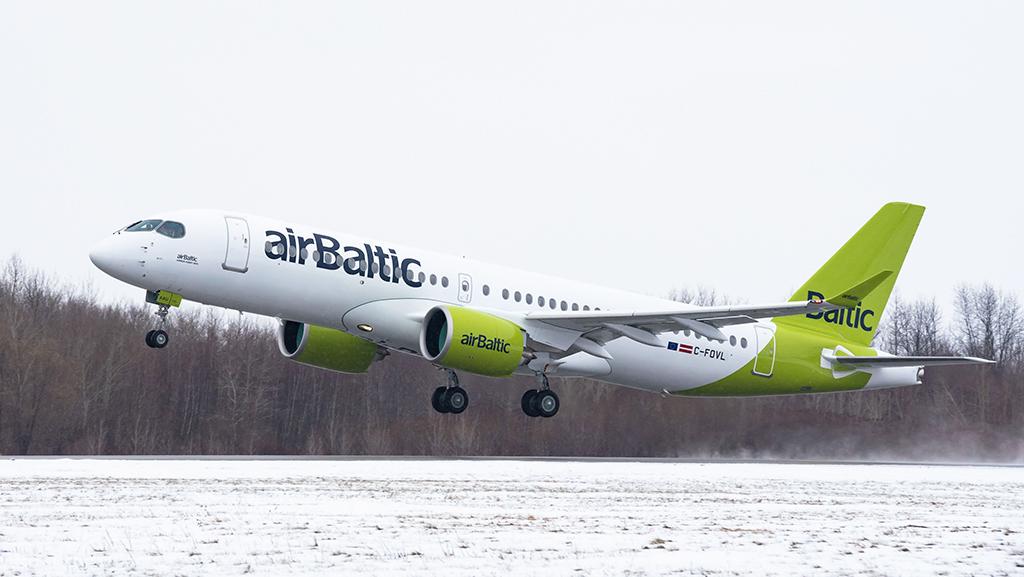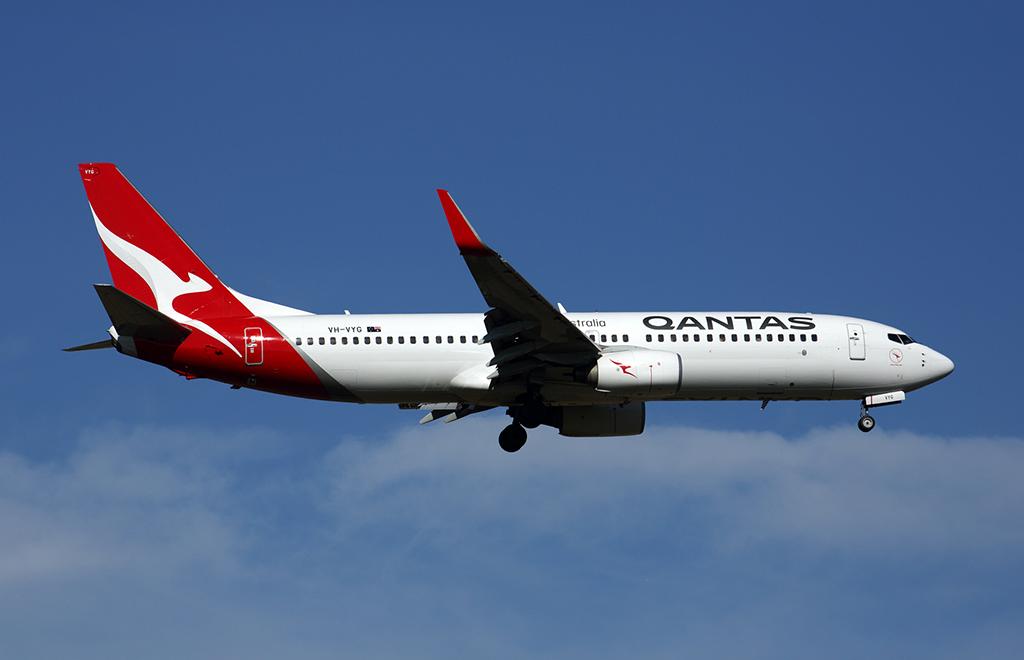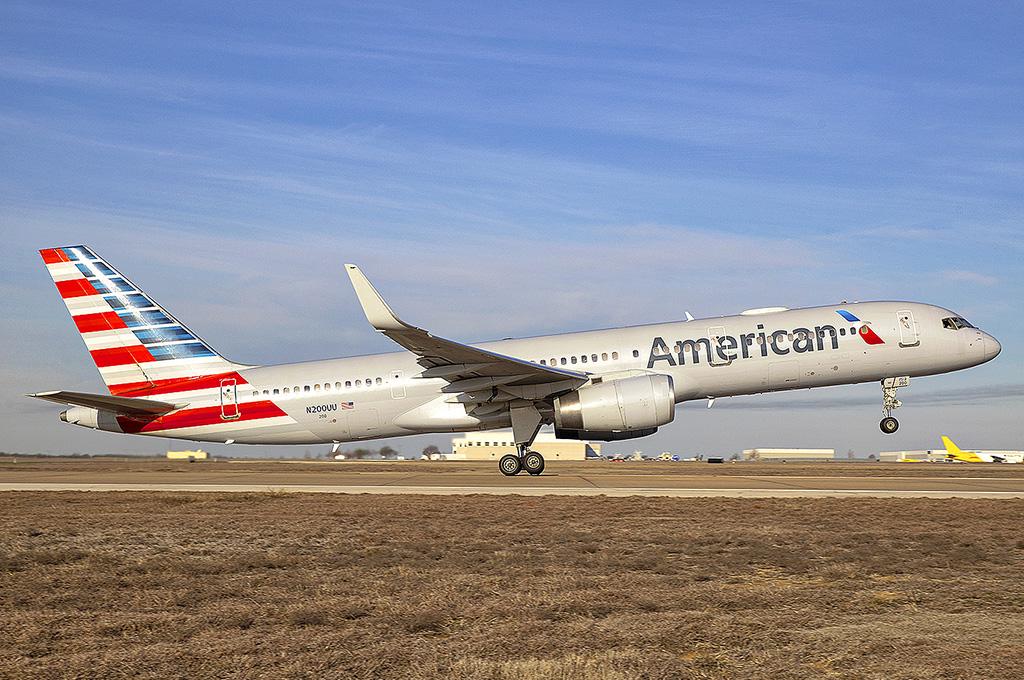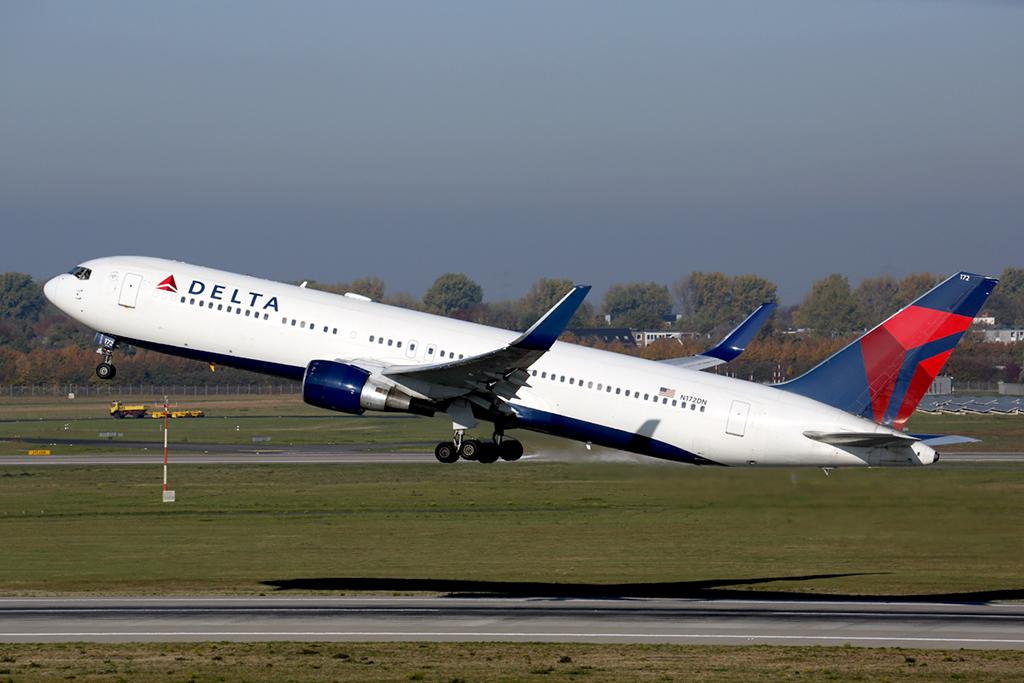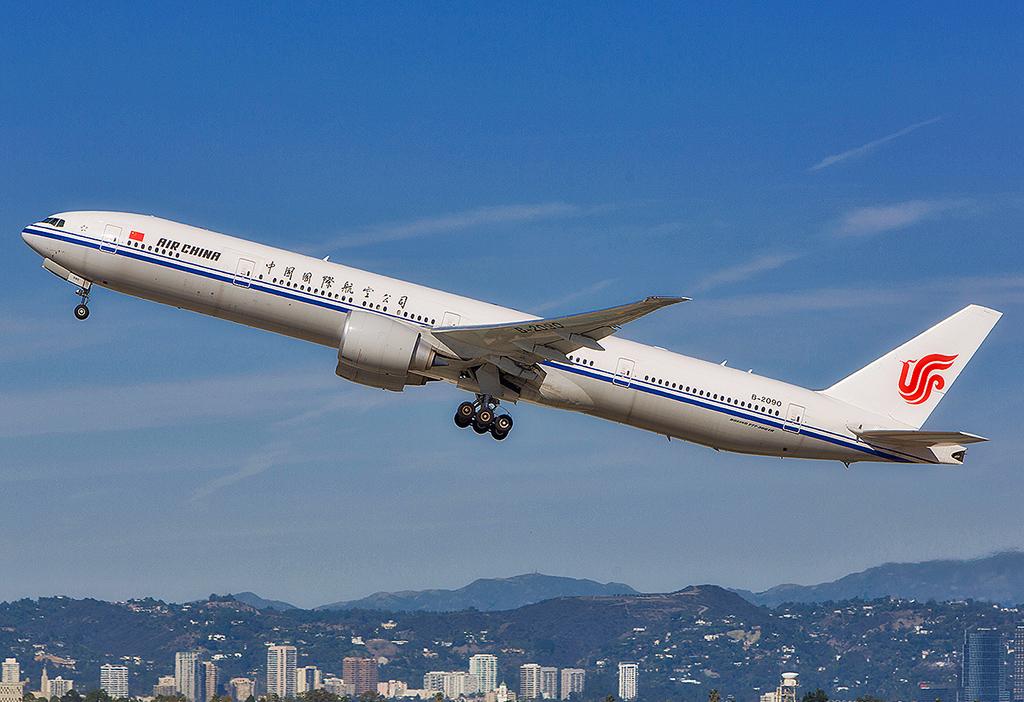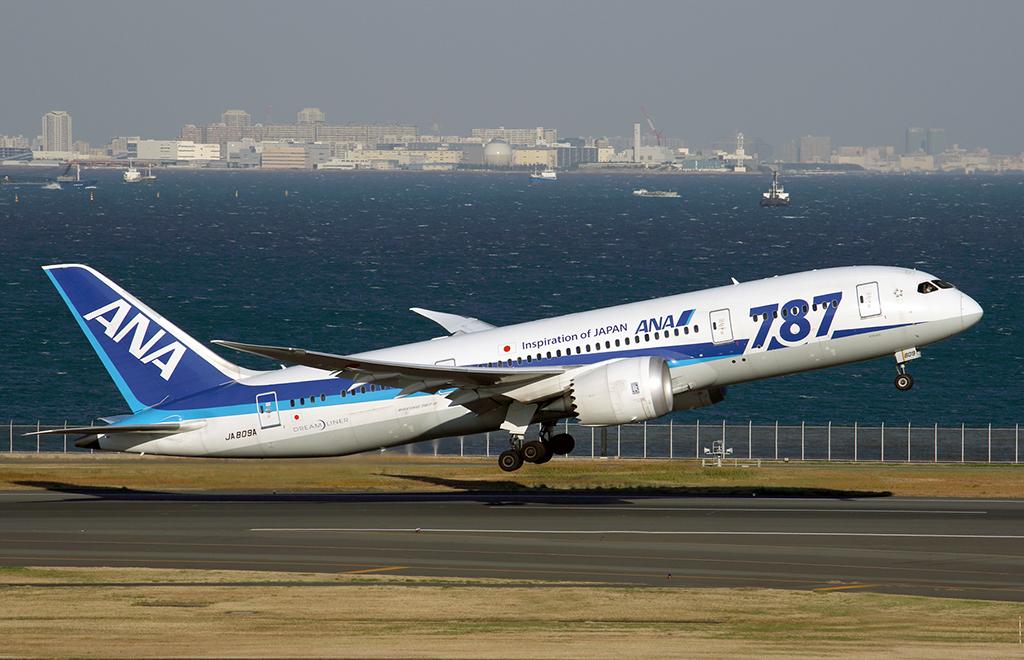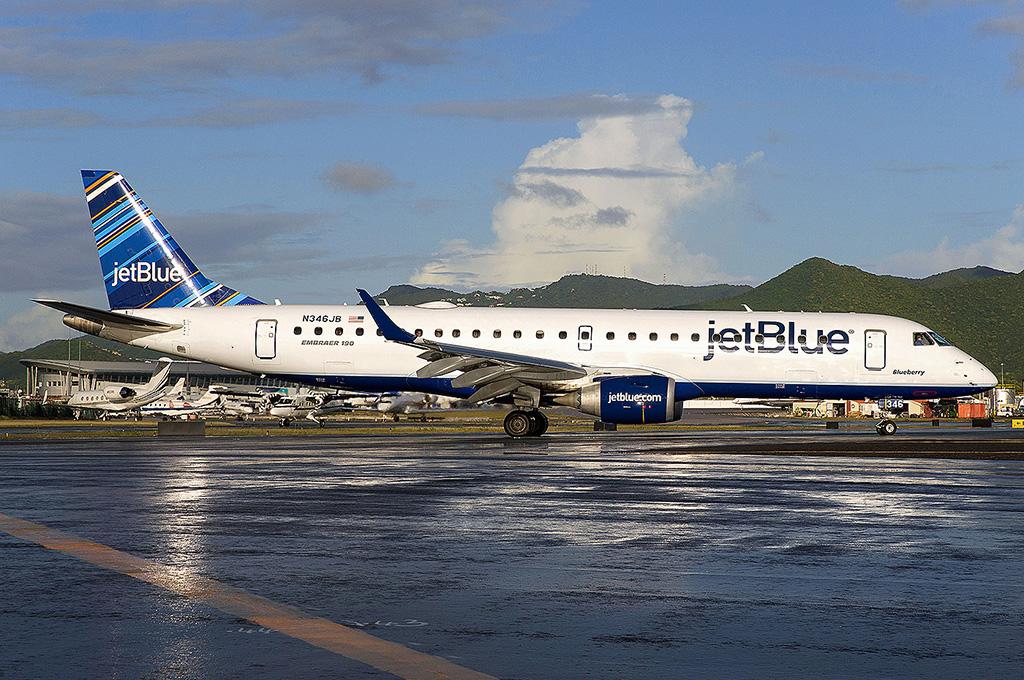Variety may be the spice of life, but diversity seems to be increasingly rare when it comes to the configuration of the latest generations of jet airliners. To the uninitiated, and sometimes even to the experienced observer, the plethora of twin-engine, low-wing designs can make identification a challenge, regardless of differences in size and style.
Technologically it is the engine makers and not the airframe manufacturers who bear most of the responsibility for this troubling trend. Since Boeing led the classic wing-mounted podded engine design for the Model 367-80 tanker-transport prototype in the 1950s based on its earlier successes with the B-47 and B-52 bombers, gradual improvements in engine power and efficiency have enabled successive generations to follow the same flexible tube-and-wing formula.
From the start Boeing preferred the wing-mounted design for several reasons: It enabled designers to take advantage of the bending relief moment provided by the weight of the underslung engines and build a lighter wing, and it provided easy access for engine maintenance—a concern with temperamental early powerplants. Both advantages led Boeing to steer clear of the low-drag fuselage-integrated engine design of the pioneering de Havilland Comet.
Boeing’s “Dash 80” paved the way for the 707, and ultimately the same layout was adopted by the competing Douglas DC-8 and Convair 880. The wing-mounted engine configuration was later scaled up for the 747. However, when it came to the first generation of shorter-range widebodies, the limited power of early high-bypass-ratio turbofans forced Douglas and Lockheed to adopt a compromise. Both developed novel trijet designs—combining a tail-mounted engine with underslung wing-mounted engines—for the DC-10 and L-1011 widebodies of the early 1970s.
For smaller aircraft aimed at regional routes, designers moved the engines to the tail, which allowed the airliner to sit lower to the ground for easier servicing at less well-equipped airports. Starting with the Sud-Aviation Caravelle, which had a cruciform tail, succeeding single-aisle models like the DC-9, BAC One-Eleven, Trident and 727 were configured with T-tail designs. These resulted in heavier, complex empennage structures but simpler, more-efficient wings.
Longer-range T-tail designs reached their zenith in the 1960s with the Vickers VC10 and Illyushin IL-62. But the limited engine power at the time required parallel podding of engines in a quad-jet configuration that would be commercially uncertifiable today. The same goes for the twin-podded, quad-jet supersonic Anglo-French Concorde and the Tupolev Tu-144, which both grouped engines together in underwing nacelles for low drag at speeds beyond Mach 2.
But two notable designs of the 1960s and 1970s bucked the trend: Boeing’s “baby”—the 737—and the Airbus A300, which was the world’s first widebody twin. Both were unusual at the time and each in their way provided the blueprint for the future. Designers took advantage of the engine power available—the 737 with the Pratt & Whitney JT8D and the A300 with the General Electric CF6—to develop configurations that combined the operating efficiency of the smaller twinjets with the bending relief and capacity growth potential of the larger quadjet configurations.
With the availability of higher bypass, mid- and high-thrust turbofans in the 1980s and 1990s, aircraft manufacturers were able to do with two engines what previously had only been possible with three or four. The improved fuel efficiency of twinjets also made them more popular with operators and the fate of older, more fuel-thirsty trijets and single-aisle quadjets was effectively sealed.
The phenomenon was seen in the small models most profoundly as the A320 and the re-engined CFM56-powered 737 replaced earlier T-tail generations, while A300s/A310s, 757s and the 767 soon replaced the 707, 727-200 and DC-8. The new era of big twins and the emergence of the A330 and 777 in the 1990s also spelled the end of widebody passenger trijets. As these twins became larger, aircraft like the A350-1000 and 777-300ER have displaced higher-capacity 747s. The market collapse following the COVID-19 pandemic has reinforced this trend as airlines replace prematurely retired fleets of 747-400s and A380s with more modern, efficient twins.
Despite the market success of the McDonnell Douglas MD-80 and short-lived follow-on designs such as the MD-90 and MD-95/717, time has also run out for the bigger single-aisle T-tails. Only the former Bombardier CRJ series continues the T-tail tradition in the large regional market, accompanied by a shrinking population of smaller Embraer E-145 family members. For its larger E-Jet aircraft series, Embraer too has adopted the familiar tube-and-wing, wing-mounted model, as has Airbus with the A220, the former Bombardier-developed CSeries. Similar trends have emerged in China and Russia, where the C919 and MS-21, respectively, closely resemble the A320.
For those wishing for more interesting shapes in the sky, hope may be on its way. The urgent push for sustainable aviation is driving research into new forms of propulsion which, like the generations before them, will ultimately dictate new configurations. These could range from familiar-looking tube-and-wing designs adapted to fly on liquid hydrogen fuel to more extreme configurations with high-aspect ratio wings or “propulsive” fuselages with boundary layer ingestion systems. In the mid-term we may see the potential reemergence of T-tail designs with open rotor engines, and longer-term the appearance of blended-wing body transports with distributed propulsion systems.
Here’s our aircraft spotter’s guide to differentiating between easily confused major twinjet models.

